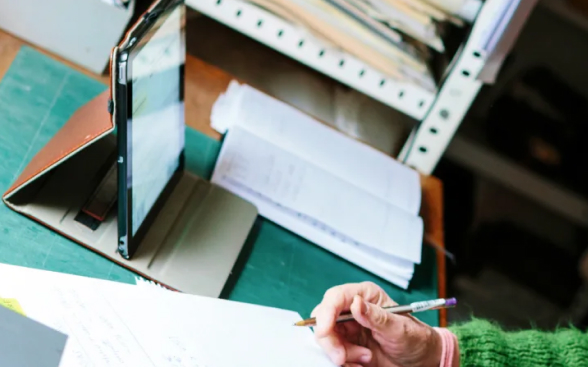Menu

* A Grant DOI (digital object identifier) is a unique, open, global, persistent and machine-actionable identifier for a grant.
Walking or tracing a labyrinth is a mini pilgrimage and is a semi-structured meditation involving mind and body — two systems relevant to flourishing and transformation. Labyrinths are ancient and global, yet also newly popular for use in geriatric care, physical healing/rehabilitation, prisons, and educational institutions. The Worldwide Labyrinth Locator logs 6338 labyrinths worldwide, and they range in location from public gardens to virtual reality.
The breadth and global popularity of labyrinths shows promise as a spiritual exercise that’s accessible, applicable to varied populations, and scalable across traditions and situations. However, evidence supporting their utility is largely atheoretical, anecdotal, and accompanied by non-experimental, underpowered designs.
This project from a team led by Kevin Ladd at Indiana University aims to rigorously examine the effects of labyrinth practice, and to identify psychological and physiological mechanisms that might mediate the practice and outcomes, monitoring factors that might moderate these effects.
The project team will conduct studies that aim to compare outcomes of a life-reflection task during labyrinth walking and during two control conditions, each involving a potential active ingredient of labyrinths. These will take place in university communities and at geriatric centers, in India, Indonesia, United States, and Vietnam, to examine the relevance and outcomes across multiple cultural and theological contexts.
Labyrinth walking (physically moving through the labyrinth) will be compared to completing finger tracing of labyrinths (engaging the labyrinth without the full-body experience of walking) and standing still (cognitive-only experience, with no labyrinth engagement).
Results from the project are hoped to increase public interest in the use of labyrinths, innovations in design of portable and permanent labyrinth installations, greater scientific literacy among those interested in developing programs for spiritual engagement and wellbeing, and general expansion of applied research on religion, spirituality, and flourishing-related outcomes.
